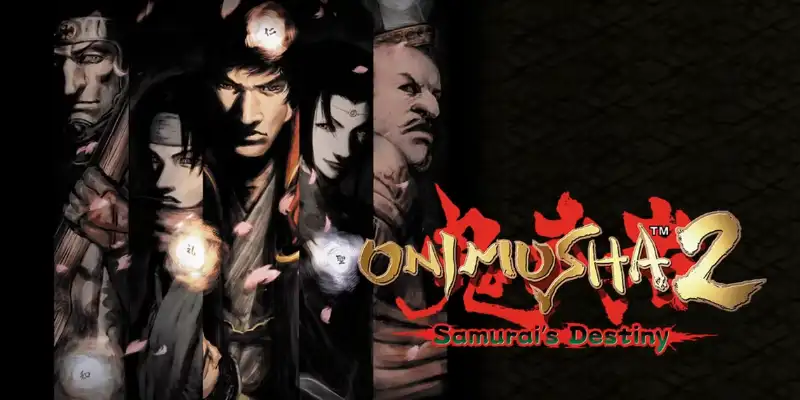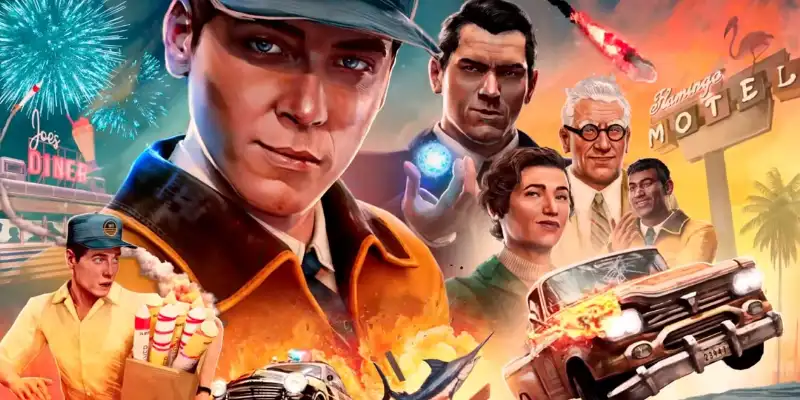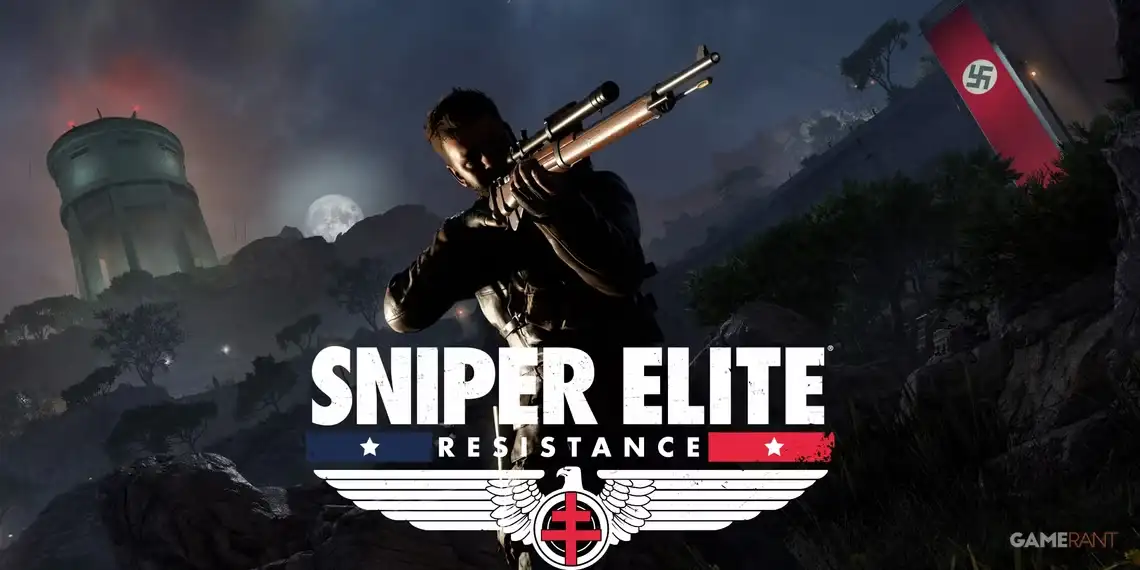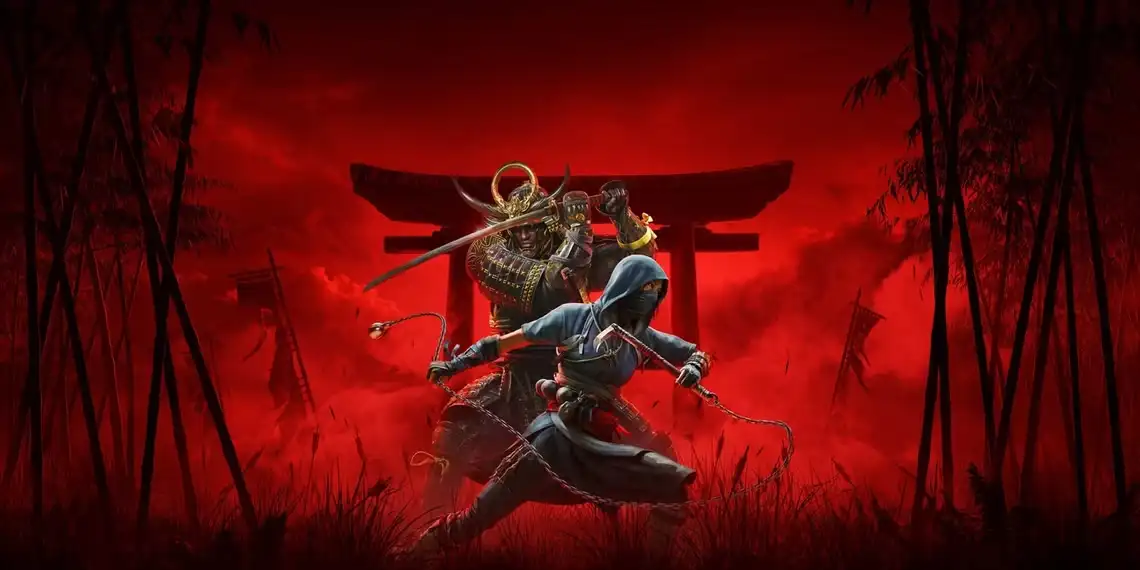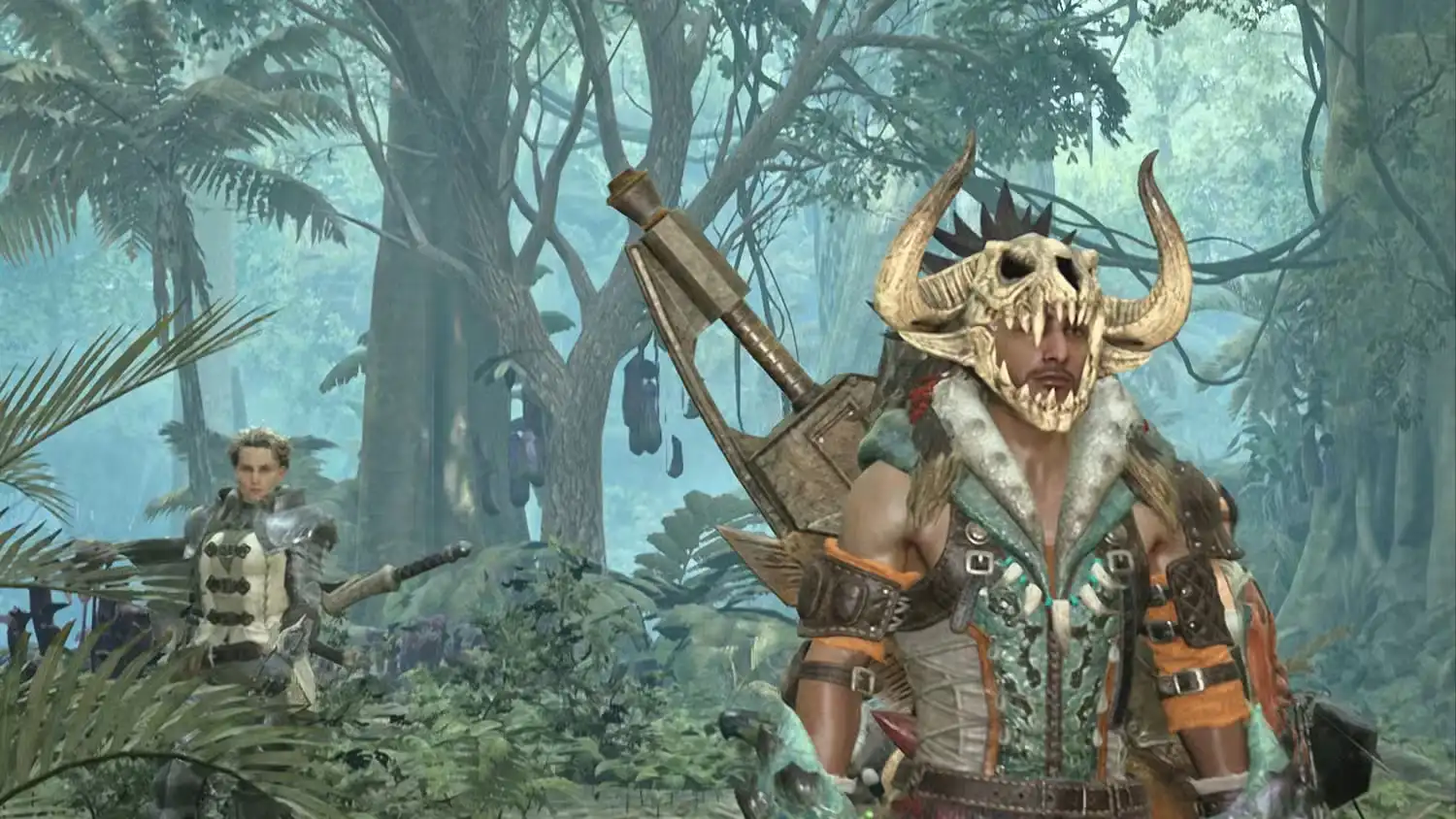Capcom’s remaster of Onimusha 2: Samurai’s Destiny is more than a nostalgic reissue it’s a showcase of how to preserve a classic while subtly refining it for modern audiences. Originally released in 2002 on the PS2, Onimusha 2 marked the franchise’s shift from Resident Evil spin-off to a confident action series in its own right. This new remaster lands just ahead of next year’s Onimusha: Way of the Sword, making now the perfect time to revisit what remains the series’ high point.

Minimalist Changes Preserve Onimusha’s Core Identity
Capcom’s approach with this remaster is one of restraint and that’s its greatest strength. Visuals have been carefully upscaled to HD while retaining the game’s pre-rendered backgrounds and classic cinematic presentation. Combat has been preserved almost entirely intact, but with one major improvement: modern analog stick controls replace the original “tank” scheme. Movement feels smoother, especially for new players, but the intensity of the original’s melee precision is still there.
Other additions include a new Hell difficulty mode, where a single hit spells death. It’s a brutal but welcome option for veterans. Capcom has also added a new Achievements system (Honors) and immediate access to all of the once-unlockable mini-games via the Special Features menu. The result is a faithful upgrade, not a reinvention one that respects the original’s pacing, systems, and tone.

Special Features and Visual Upgrades
The remaster includes:
- HD visuals while maintaining the original aesthetic.
- Updated control scheme for smoother gameplay.
- New “Hell Mode” for extreme challenge seekers.
- Achievements (Honors) tracking key milestones and feats.
- Gallery content: all original art plus 126 new concept images under “Special Artwork.”
However, some original PS2 bonus features like the “Making Of” featurettes are missing. While not essential, their absence might be felt by purists.
Jubei and the Art of Relationship-Driven Gameplay

In contrast to the recurring protagonist Samanosuke, Jubei Yagyu brings a fresh focus to Samurai’s Destiny. What sets Onimusha 2 apart is its relationship system players can build bonds with NPC allies like Magoichi, Ekei, Kotaro, and Oyu by gifting items and choosing narrative paths. These interactions determine how the story branches and which characters fight alongside Jubei. The system encourages multiple playthroughs and adds narrative weight to player choices a design philosophy that feels ahead of its time, even today.
Combat Still Holds Up and Then Some
The remaster maintains Onimusha 2’s stellar weapon variety, allowing players to wield six melee weapons (five imbued with elemental powers) and ranged options like bows or firearms. Combat feels fast and responsive thanks to the new control layout, and enemies react convincingly to attacks, with elemental combos and finishers still satisfying to land.
While veteran players may find Normal difficulty a bit too forgiving with the smoother controls, “Hell Mode” more than makes up for it, pushing mastery of timing, spacing, and weapon selection to the limit.

Final Verdict: A Worthy Return Before the Franchise’s Revival
Capcom’s decision to stick closely to the original experience was a gamble but it pays off. Onimusha 2: Samurai’s Destiny doesn’t try to modernize for modernity’s sake. Instead, it remains what it always was: a beautifully paced, smartly designed, and deeply atmospheric action game that blends swordplay, demons, and narrative depth into a unique experience.
“It feels like how I remember it not how it actually was in 2002. That’s the sign of a successful remaster.”

Whether you’re a longtime fan revisiting Jubei’s journey or a newcomer prepping for Way of the Sword, this is the best possible way to experience one of Capcom’s most overlooked gems. After nearly two decades of silence, Onimusha is ready to rise again and this remaster is its battle cry.
Pros:
- Faithful recreation of the original’s gameplay and pacing.
- Updated controls make movement and combat smoother.
- Hell Mode offers a legitimate challenge for series veterans.
- Strong character relationships and branching narrative paths.
Cons:
- Missing bonus content from the original PS2 version.
- No major visual overhaul beyond upscaling.
Rating: ★★★★☆ (4.5/5) — A respectful remaster of a PS2 classic that still feels fresh in 2025.
